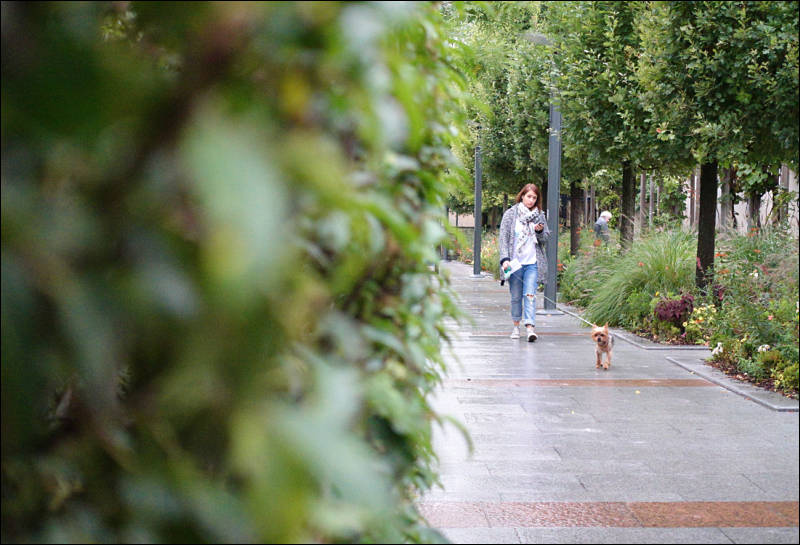
It allows to keep PV going, with more focus towards AI, but keeping be one of the few truly independent places.
-
ok now i know for sure that above 500fps is NOT full HD, it's actually more close to 480P. not there yet :(
-
Sensor measurement and comparison to previous iterations
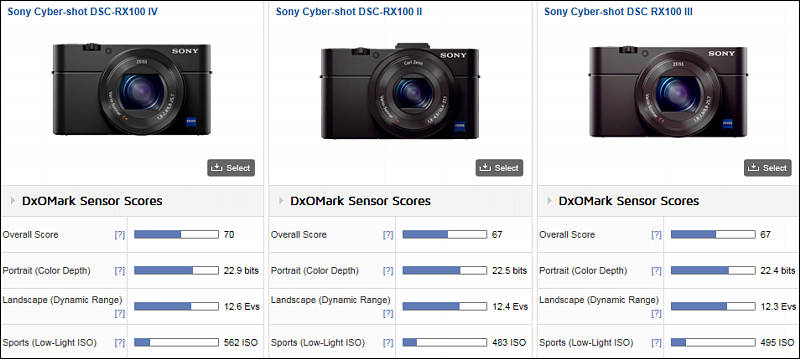
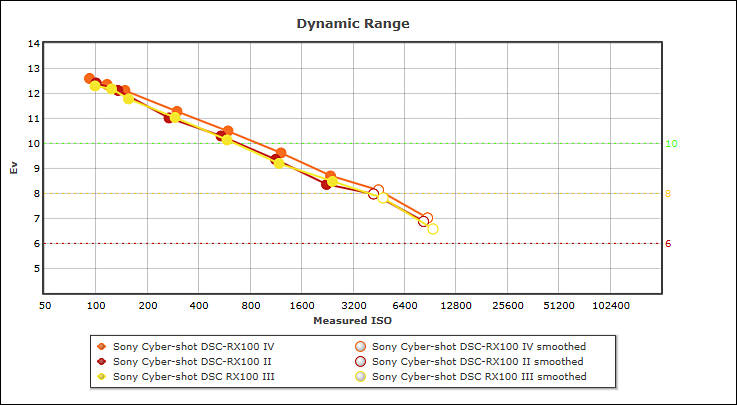

 sony55.jpg800 x 359 - 54K
sony55.jpg800 x 359 - 54K
 sony54.jpg737 x 405 - 54K
sony54.jpg737 x 405 - 54K -

Where the RX100 IV really shines is with performance. In addition to very fast autofocus and very low shutter lag, the RX100 IV offers very fast 16fps burst shooting (with JPEGs only) and deep buffers despite the increase in burst rate compared to earlier models. When shooting RAW or RAW+JPEG, burst rate drops to a slower but respectable 8.6fps, which itself is an improvement over the 6.7fps RAW burst from the RX100 III.
Aside from still photos, the video shooting capabilities on the RX100 IV are where things really get interesting and fun. Despite its diminutive size, this pocket cam shoots and records excellent, high-quality 4K Ultra-HD footage and can also simultaneously record 4K video and output a clean, uncompressed 4K signal via HDMI. You can even record two video formats at the same time, kind of like RAW+JPEG, but instead with XAVC S + MP4 (or AVCHD + MP4).
http://www.imaging-resource.com/PRODS/sony-rx100-iv/sony-rx100-ivA.HTM

 zebra33.jpg800 x 533 - 52K
zebra33.jpg800 x 533 - 52K -
Photographer's Guide to the Sony DSC-RX100 IV: Getting the Most from Sony's Pocketable Digital Camera
This book is a complete guide to using the Sony Cyber-shot DSC-RX100 IV camera, one of the most advanced, but still pocketable, cameras available. With this book, author Alexander White provides users of the RX100 IV with a manual covering all aspects of the camera’s operation. Using a tutorial-like approach, the book shows beginning and intermediate photographers how to accomplish things with the RX100 IV, and explains when and why to use the camera’s many features.
The book provides details about the camera’s shooting modes as well as its menu options for shooting, playback, setup, and special effects. The book covers all of the features of the RX100 IV that are new for this model, including its electronic shutter, faster continuous shooting, 4K video recording, and ability to shoot video at up to 960 frames per second for super slow-motion playback.
The book includes more than 450 color photographs that illustrate the camera’s controls, display screens, and menus. The images also provide examples of photographs taken using the RX100 IV’s Scene mode, with settings optimized for subjects such as landscapes, sunsets, portraits, and action shots; and the Creative Style and Picture Effect menu options, with settings for altering the appearance of images.
The book also provides introductions to topics such as street photography, astrophotography, and digiscoping.
The book includes a full discussion of the video features of the RX100 IV, which can shoot HD and 4K (ultra-HD) movies, and which offers manual control of exposure and focus during movie recording. The book also explains the camera’s numerous features that are oriented for professional-level videography, including Picture Profiles that allow adjustment of settings such as gamma curve, black level, knee, and detail. The book provides detailed information about recording 4K video to an external video recorder using the “clean” video output from the camera’s HDMI port.
In three appendices, the book discusses accessories for the RX100 IV, including cases, power sources, grips, and filter adapters, and includes a list of websites and other resources for further information. The book includes an appendix with “quick tips” on how to take advantage of the camera’s features in the most efficient ways possible.
http://www.amazon.com/Photographers-Guide-Sony-DSC-RX100-Pocketable-ebook/dp/B014XLA52E/
-
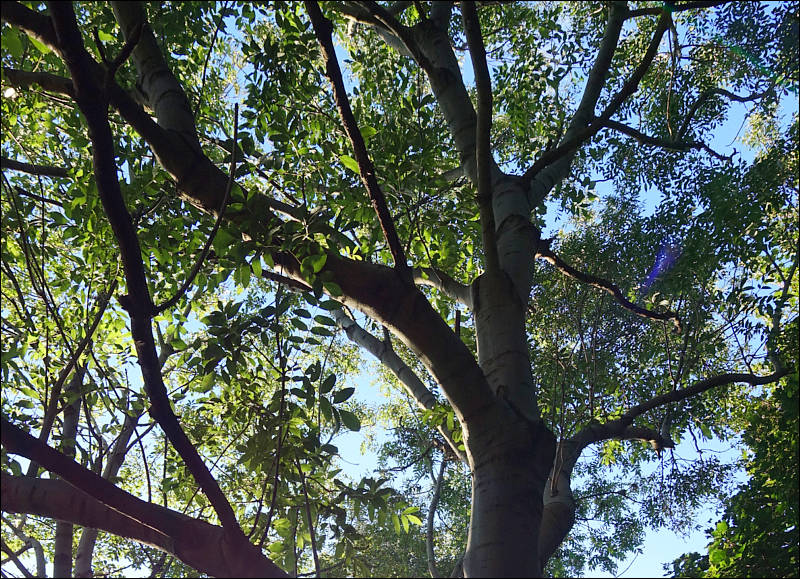
The Sony Cyber-shot RX100 IV features a new high speed 1inch 20.3 megapixel backlit CMOS sensor that gives the ability to record 4K video, high speed video, as well as high speed continuous shooting. This makes the camera even quicker than before whilst still maintaining the excellent image quality and low noise at higher ISO settings.
https://www.ephotozine.com/article/sony-cyber-shot-dsc-rx100-mark-iv-review-28139

 zebra49.jpg800 x 579 - 198K
zebra49.jpg800 x 579 - 198K -
Sony Cyber-shot DSC-RX100 IV’s viewfinder is a good improvement on its predecessor, making it much more likely to be used often, and not just when super bright light prevents you from working with the screen. As before, the RX100 IV’s lens is great. Although 24-70mm isn’t much for a compact camera, it has served many DSLR users well throughout the years and represents a classic focal length. The maximum apertures of f/1.8 - f/2.8 allow you to get creative with shallow depth of field effects and are also useful when shooting in lower light conditions.
http://www.photographyblog.com/reviews/sony_cybershot_dsc_rx100_iv_review/
-
RX100 IV produces excellent images, particularly at low ISO settings. Image files have accurate colors and excellent depth. I found that RAW files need a bit of sharpening, but JPEG files are sharp straight from the camera. RAW files provide a lot of flexibility for post-processing, including the ability to recover highlights and push shadow area detail very well. Both RAW and JPEG files exhibit an impressive dynamic range, which seems to be standard for Sony cameras these days.
http://www.imaging-resource.com/PRODS/sony-rx100-iv/sony-rx100-iv-field-test.htm
-
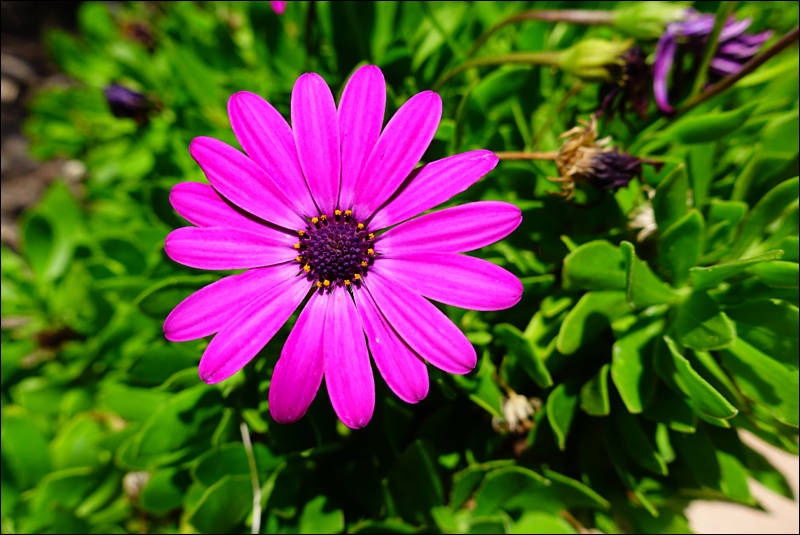
Had any doubts that camera can produce oversaturated photos? Doubt no more. As usual Ken checked it for ya.

 zebra132.jpg800 x 535 - 90K
zebra132.jpg800 x 535 - 90K -
He never reviews video.
-
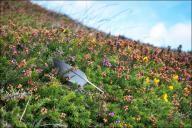
 zebra338.jpg747 x 497 - 117K
zebra338.jpg747 x 497 - 117K -
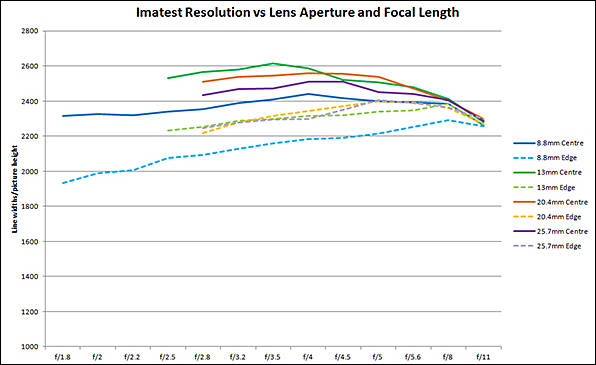
We found no evidence of moiré in any of the clips we shot and autofocusing in movie mode was generally fast and accurate. The 1440 x 1080 option for MP4 clips has been dropped and replaced by a more logical 1280 x 720 pixel resolution at 25 fps, which yielded very good results.
The integrated stabilization helped to keep hand-held footage steady and soundtracks were recorded with excellent clarity, although stereo presence wasn't great due to the closely-spaced microphones. The new High Frame Rate recording mode should be a lot of fun to use but we were unable to test it without an SDXC memory card because it relies upon the XAVC S recording format.
http://www.photoreview.com.au/reviews/advanced-compact-cameras/fixed-lens/sony-cyber-shot-rx100-iv

 zebra385.jpg596 x 365 - 36K
zebra385.jpg596 x 365 - 36K -
The RX100 IV has the infamous S Log 2 gamma option. Most graded examples on line do not make that setting look attractive. So I tried to grade an original S Log 2 clip myself. This is an original ungraded S Log 2 clip, shot by Philip Bloom using the RX100 IV with S Log 2, followed by a grade of the clip meant to make the video look like real life if one's eyes are still healthy:
As a bonus you get a severe test of the rolling shutter.
-
Gamma: Movie and s log 2.
-
Full HD slow motion, from 1080 120p:
Howdy, Stranger!
It looks like you're new here. If you want to get involved, click one of these buttons!
Categories
- Topics List23,964
- Blog5,723
- General and News1,342
- Hacks and Patches1,151
- ↳ Top Settings33
- ↳ Beginners254
- ↳ Archives402
- ↳ Hacks News and Development56
- Cameras2,361
- ↳ Panasonic990
- ↳ Canon118
- ↳ Sony154
- ↳ Nikon96
- ↳ Pentax and Samsung70
- ↳ Olympus and Fujifilm99
- ↳ Compacts and Camcorders299
- ↳ Smartphones for video97
- ↳ Pro Video Cameras191
- ↳ BlackMagic and other raw cameras121
- Skill1,961
- ↳ Business and distribution66
- ↳ Preparation, scripts and legal38
- ↳ Art149
- ↳ Import, Convert, Exporting291
- ↳ Editors191
- ↳ Effects and stunts115
- ↳ Color grading197
- ↳ Sound and Music280
- ↳ Lighting96
- ↳ Software and storage tips267
- Gear5,414
- ↳ Filters, Adapters, Matte boxes344
- ↳ Lenses1,579
- ↳ Follow focus and gears93
- ↳ Sound498
- ↳ Lighting gear314
- ↳ Camera movement230
- ↳ Gimbals and copters302
- ↳ Rigs and related stuff272
- ↳ Power solutions83
- ↳ Monitors and viewfinders339
- ↳ Tripods and fluid heads139
- ↳ Storage286
- ↳ Computers and studio gear560
- ↳ VR and 3D248
- Showcase1,859
- Marketplace2,834
- Offtopic1,319




